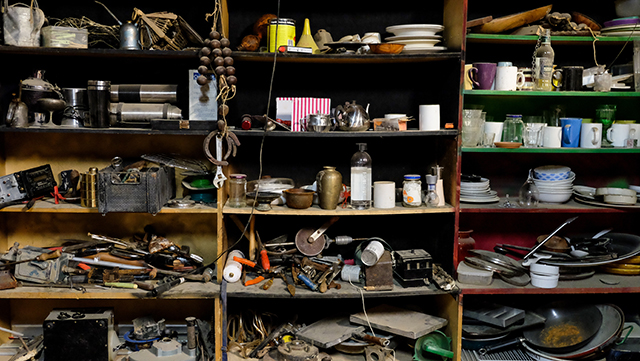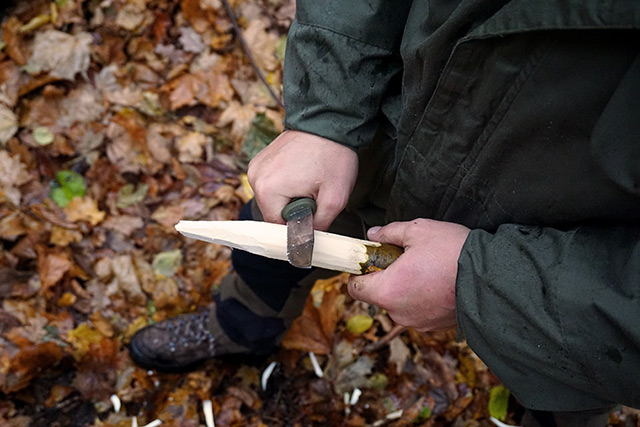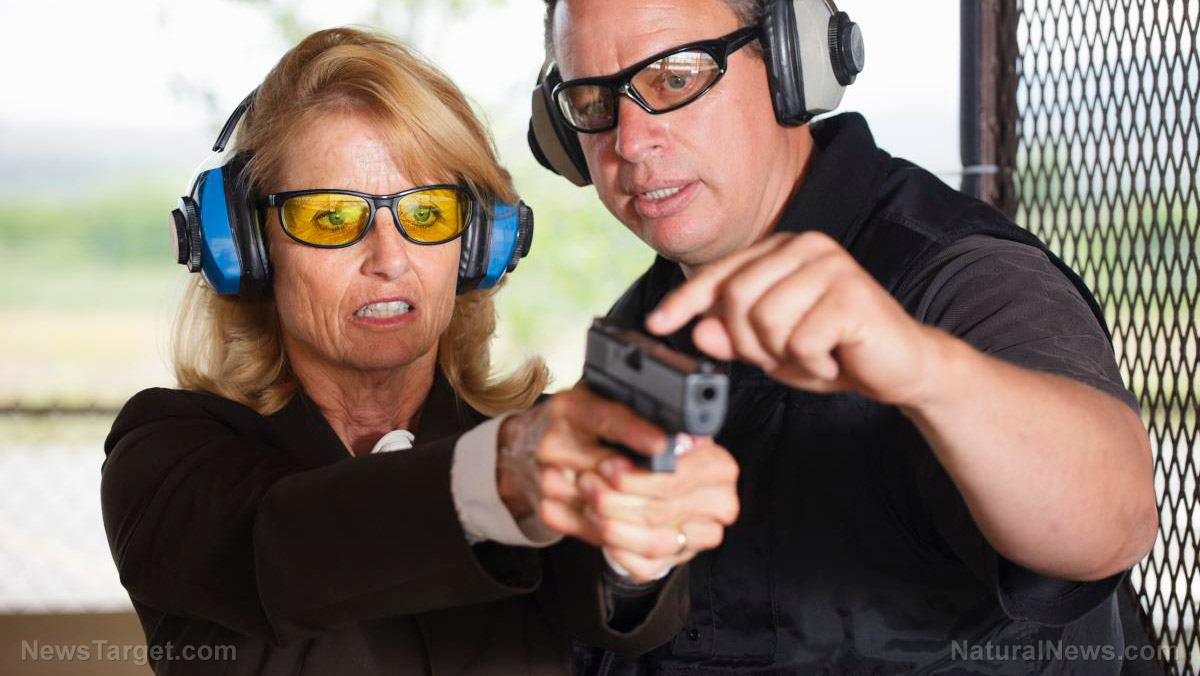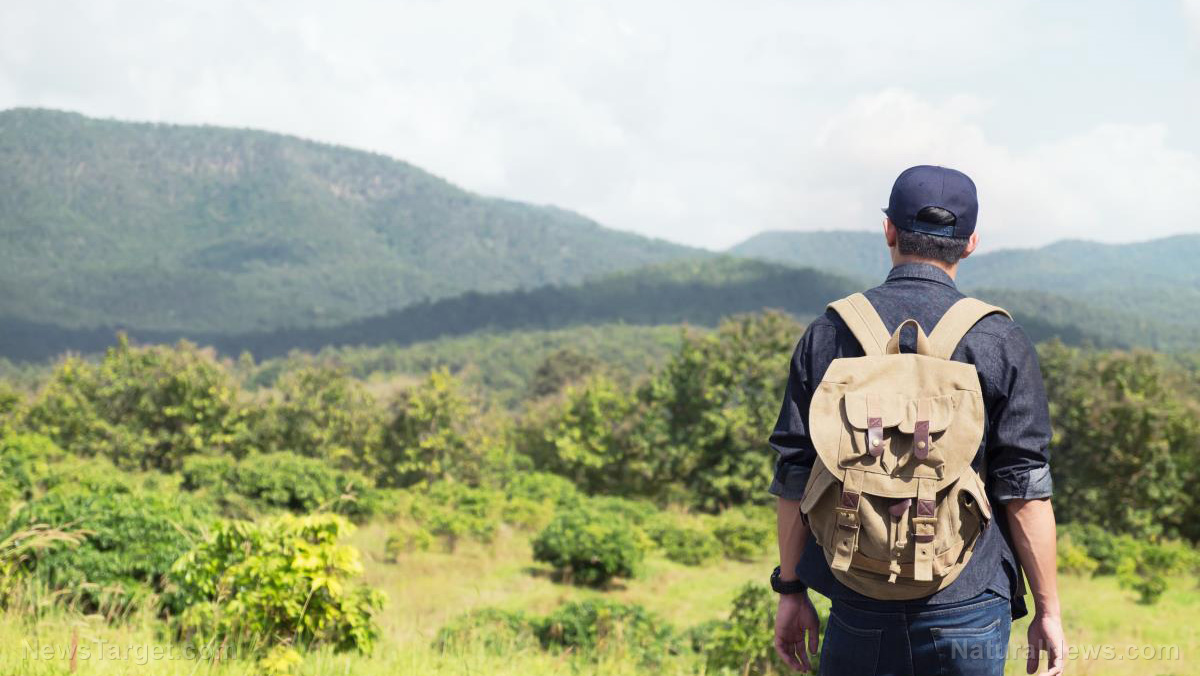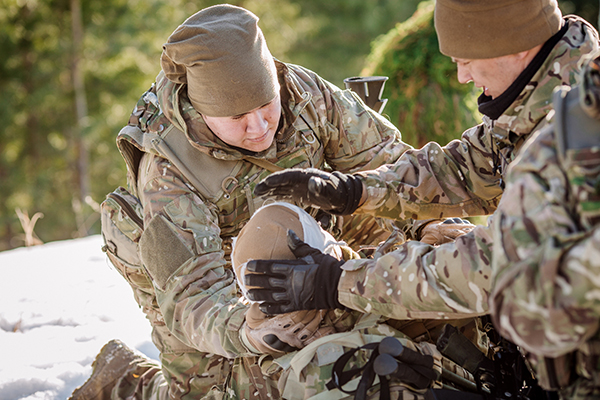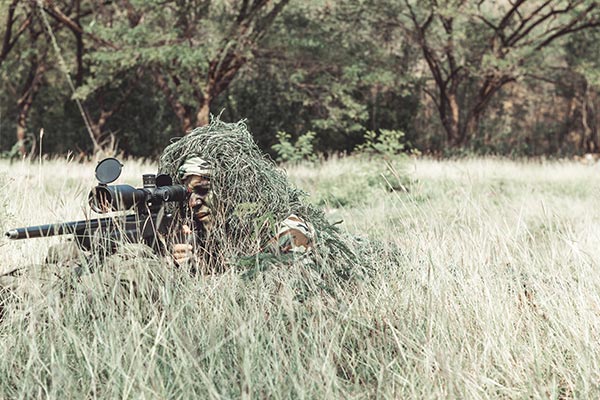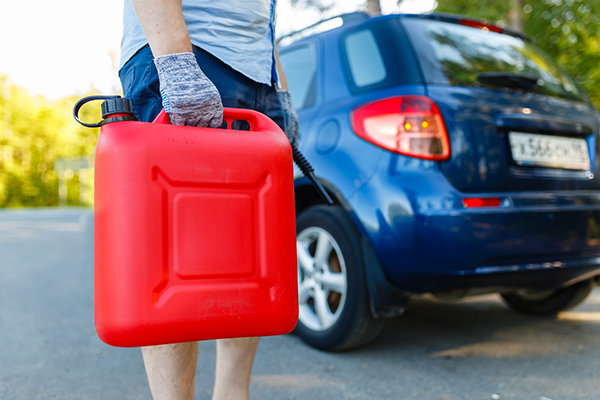10 Essential preps for different survival scenarios
11/18/2019 / By Zoey Sky

There is no “one size fits all” plan for every possible SHTF scenario, but this doesn’t mean it’s useless to try preparing for it. If you’re a savvy prepper, you should have various preps ready so you can adapt and improvise your plan to suit the most likely disaster you may face.
All the items on this list are generally important, but their ranking in priority may change based on factors like the kind of scenario you’re facing, your survival skills, the number of people in your family or survival group, and where you live. (h/t to SurvivalSullivan.com)
Fitness
A disaster scenario will test your wits, your willpower, and your physical fitness. Harsh conditions can cause stress, and sleep deprivation can slow down your reflexes and affect your decision-making. These factors can result in injuries or even death unless you are mentally and physically prepared to handle the challenges of a survival scenario.
To avoid these dangers, follow a balanced diet and exercise regularly. Staying fit ensures that you can move fast enough when SHTF without running out of breath.
Being fit also means you can think faster and make sound decisions under duress.
Scouting and emergency planning
It’s good to have an emergency plan, but have you tried traveling to your bug-out location by car or on foot? Is it possible to do so while carrying your gear and leading your whole family amid the chaos that will surely follow a disaster?
Check the route to your hideout. Has a recent storm damaged the paths you were supposed to take? Is the area safe to travel on if you’re walking? Do you have self-defense weapons to keep your group safe from attackers?
Before you settle on a backup plan, scout and practice drills to see if your plans will still be effective when SHTF. (Related: Advice for beginners: 4 Common prepping pitfalls to avoid.)
Map reading and navigation
Can you reach your bug-out location using a map and a compass? If the answer is “no,” it’s time to reassess your bug-out plans.
You also need to have more than one way of reaching your hideout in case any of your routes become compromised. If you know how to read a map and use a compass, you can find your way to your bug-out location even if you wind up in a different area when SHTF.
Backup power supply
If you plan on bugging in, you need to stockpile batteries for your devices and a backup power supply for appliances and tools that run on electricity.
Backup power solutions include:
- Hand-crank dynamo generators
- Hydroelectric generator
- Portable solar cells
- Thermoelectric stoves that convert heat into electricity
- Windmills
Tool kit
A prepper’s tool kit must include items that you will need to make, repair, or re-purpose your home and gear, such as:
- Clamps
- Crowbars
- Cutters
- Drivers
- Glues
- Hammer
- Hand drill set
- Hand saw
- Pliers
- Ratchets
- Screwdrivers
- Sockets
- Tape measure
- Utility knife
Hygiene supplies
Personal care supplies allow you to take care of your most important tool: Your body. Maintaining proper hygiene also helps prevent the spread of infections and diseases, which are even more deadly during a disaster scenario.
Stock up on essentials such as:
- Wet wipes
- Feminine hygiene products
- Hand sanitizer or rubbing alcohol
- Deodorant
- Toothbrush
- Toothpaste
- Soap
Caching
Caching refers to the practice of securing supplies in a hidden area that only you or people you trust can access. Use your cache to resupply if you use up or lose access to your primary supply.
Caches must be kept in sturdy, weatherproof storage. Hide caches in routes that you’re likely to take to reach your bug-out location.
Backup copies of important documents
Don’t forget to prep when things go back to normal. Secure documents and credentials as proof of identity and property.
Plan ahead. Have a printed and digital copy of documents and hide them in separate locations.
Secure copies of each family member’s birth certificate, ID, passport, title, social security card, and other documents. Laminate the printed copies and scan and upload electronic copies onto an encrypted flash drive.
Networking
When SHTF, you have a better chance of surviving if you have people you can trust in your group. A survival group consisting of family and friends will make laborious tasks easier to accomplish. Being part of a group also makes it easier to deal with looters and those who wish to do you harm.
If you’re concerned about being stuck with freeloaders, team up with like-minded preppers who can contribute to your group and watch your back when you need help.
Team building
Once you decide on the members of your survival group, engage in team-building activities to bond with them and see how each person deals with stressful situations.
Share and practice survival skills to improve your chances of getting out of a long-term SHTF scenario alive. Certain skills that rely on cooperation for success are also suitable for team building, such as tactical firearms or shelter construction.
Run your plans with the whole group. A fresh set of eyes will help you find and address flaws in your plan before it’s too late to make any changes. Make each member understand that these team building activities are to be taken seriously and that you all need to work together so you can survive when things take a turn for the worse.
Before disaster strikes, cover all your bases by getting these 10 preps ready.
Sources include:
Tagged Under: Collapse, disaster, emergency preparedness, Gear, homesteading, off grid, physical fitness, preparedness, prepping, prepping tips, SHTF, survival, survival gear, survival skills, survival supplies
RECENT NEWS & ARTICLES
COPYRIGHT © 2017 GEAR.NEWS
All content posted on this site is protected under Free Speech. Gear.news is not responsible for content written by contributing authors. The information on this site is provided for educational and entertainment purposes only. It is not intended as a substitute for professional advice of any kind. Gear.news assumes no responsibility for the use or misuse of this material. All trademarks, registered trademarks and service marks mentioned on this site are the property of their respective owners.


